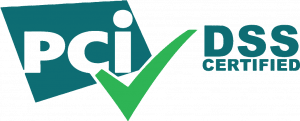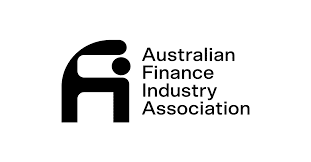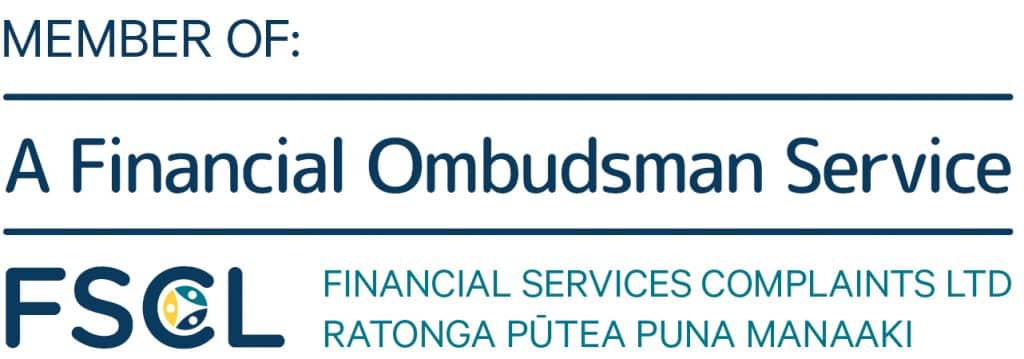What is card skimming? It is the copying of a credit card or debit card number and PIN, while often photographing the cardholder.
Credit card and debit card skimming scams result from copying the information embedded on the magnetic strip on the back of the card, or from the chip on the front of the card.
Card Skimming Methods
There are a number of widely-used card skimming methods. The most common employs the installation of an innocuous-looking attachment on an automatic teller machine (ATM), an electronic funds transfer at point of sale (EFTPOS, an ATM alternative widely deployed in Australia, New Zealand and Oceania) or even a gasoline pump. This device — called a skimmer or a shimmer — reads your card number and PIN. The card skimming device may also contain a tiny camera to take your photo, which they can then use to commit identity theft.
Once they skim your card, the scammers can create copies of it. They can then charge purchases to your account and withdraw cash from your account.
Consumers cannot readily recognize a card skimming device. Skimmers and shimmers are just pieces of plastic placed over the normal card slot. But inside them is a chip that does all the work. Another card skimming device is an ultra-thin keypad that sits right on top of the regular one. When you type in your PIN, both the real and fraudulent receive the data. The only sure-bet way to determine if a state-of-the-art skimmer has been implanted into a credit card slot is by using a dedicated device developed for that purpose, but those are generally acquired only by the police.
Credit Card and Debit Card Skimming Scams Are Easy to Run
Because a credit card skimming device is so easy to hide inside the machine and so difficult to find by the consumer, these types of scams are on the increase. They jumped 26% between February and March 2020, for example. Most reported incidents are in the United States, Australia and Canada, in that order.
But credit card and debit card skimming scams are also attractive to scammers because they are relatively easy to manage. When the scammers who place the card skimming device feel like it, they will return to the machines and retrieve their skimmer or shimmer, along with the information they have gathered, and replace it with a new one. In the meanwhile they can just sit back and relax and watch as the money flows in. To make it even easier to steal your money (and identity), more advanced skimmers are equipped with wireless capabilities that transmit your credit or debit card information directly to the scammer. In this way the scammers reduce the need to return to the scene of the crime and the chance of ever being caught.
In January 2021, for example, six Cuban citizens were convicted by a U.S. District Court of conspiracy to commit bank fraud and aggravated identity theft after having planted skimming devices on gas pumps in Virginia several years before. Using the information they harvested they withdrew over $5 million from the accounts of their victims and purchased prepaid gift cards, which would otherwise be untraceable. In addition, investigators discovered that the leader of the gang had peddled 9,800 stolen credit cards using his email account.
Hand-Held Skimmers
Other card skimming methods are used by people you might never suspect. There are also small hand-held skimmers used, for example, by dishonest waiters in elegant restaurants or attendants at car washes. They hide them in their pockets and use them to copy your credit or debit card information en route to the cash register.
The U.S. Secret Service (whose responsibilities include safeguarding the national financial system) claims that ATM skimming poses the fastest-growing electronic fraud risk for banks. Recognizing the danger, Visa and Mastercard set a deadline of October 2020 for all U.S. gas stations to upgrade their gasoline pumps with chip card readers. This cost the industry an estimated $4 billion (at least). But it adds an additional layer of protection for cardholders. That’s because these chip-enabled terminals communicate with the microchips embedded in credit and debit cards to process the cardholder’s identity and SIM. Since the codes they generate are unique, they will be virtually impossible to duplicate or copy.
How Can You Protect Your Card from Skimming?
Experts in information technology security all agree on certain basic steps:
- As much as it is possible, use an ATM inside a bank or bank lobby. Avoid one on the street. Scammers prefer to avoid tampering with ATMs inside of banks because there is a greater chance they will appear on a surveillance video.
- Cover the ATM keypad when entering the PIN number in case scammers installed a hidden camera. Certain ATMs feature a cover over the keypad to ensure privacy when entering your code. It’s more secure to choose one of them.
- In the event the keypad looks wobbly or if it protrudes more than normal, choose another ATM. If the card reader feels like it was attached like a glove onto an existing device, choose another ATM. Beware of any sticker or note on the ATM that reads “Only Use This Machine” or something similar. That may be a gimmick to direct you to an infected ATM. In short, when in doubt, always choose another ATM.
- If a stranger is hanging around the ATM before you type in your PIN, ask him to move. Decline his assistance if he volunteers to help you, especially by keying in your PIN. Consider reporting it to the bank.
- Never take your eyes off your credit card after you hand it to someone to process a charge.
If you think you’ve been the victim of a credit card or debit card skimming scam, contact the fund recovery experts at MyChargeBack.






